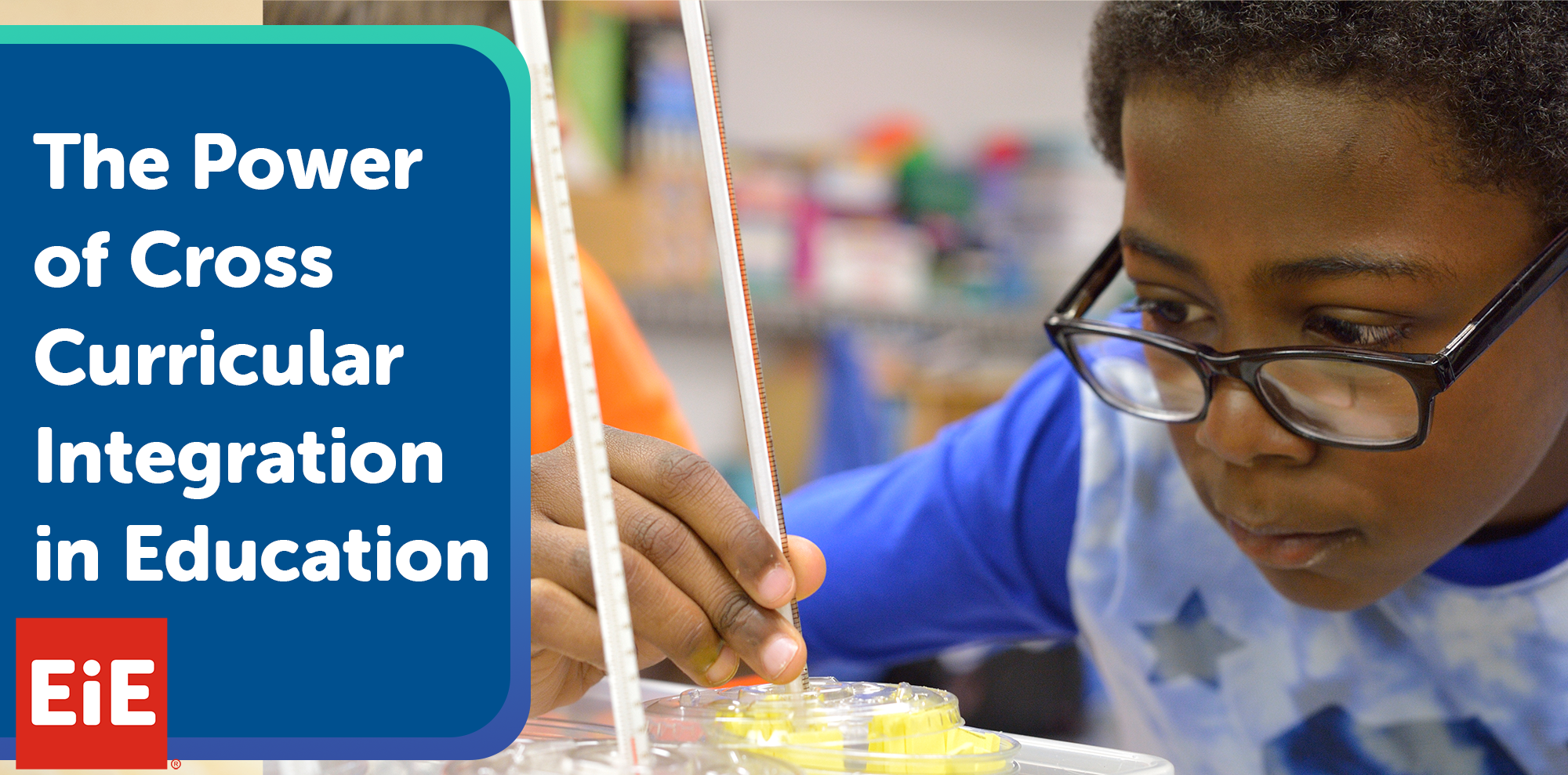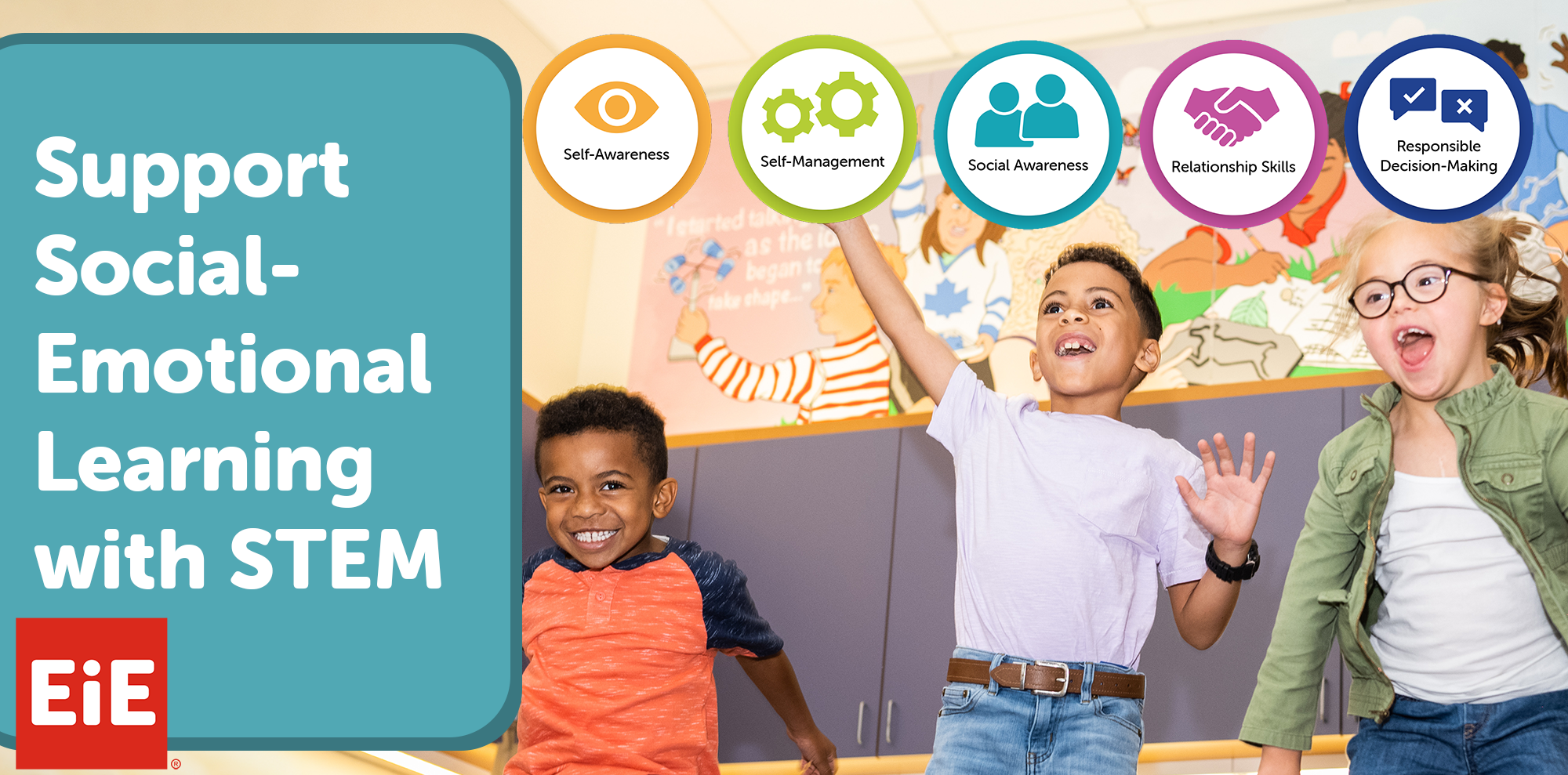Incorporating learning time with family time has been shown to have a positive impact on learners of all ages. Not only does it increase attendance and graduation rates, but it also provides opportunities to develop essential social and emotional learning skills. But where to begin?
EiE Team
Recent Posts
EiE Resources for Teachers | Early Childhood STEM Education | Classroom Organization | Implementing EiE | Create a Generation of Problem Solvers | STEM Implementation | Cross Curricular Connections | Thursday, March 23
The Power of Cross-Curricular Integration in Education
As educators, we know the importance of providing students with a well-rounded education that prepares them for success in the real world. We also want them excited and engaged along the way. One sure way to achieve this is through cross-curricular integration. Cross-curricular integration is the practice of connecting a topic which is traditionally taught as a stand-alone subject - such as ELA, math, science, social studies, engineering, or computer science - to a different subject area.
EiE Resources for Teachers | EiE Teaching Tips | Implementing EiE | Engineering Design Process | Create a Generation of Problem Solvers | STEM Implementation | Social Emotional Learning | Wednesday, March 15
Build a Strong Foundation: How STEM and SEL Work Together to Support Growth
As education evolves, so too does the importance of social-emotional learning (SEL) and STEM education. While seemingly different areas of focus, STEM and SEL go hand in hand to create a well-rounded learning experience for students. By incorporating STEM learning into your curriculum, you can help students develop essential SEL skills like collaboration, critical thinking, perseverance, empathy, creativity, and a growth mindset.











